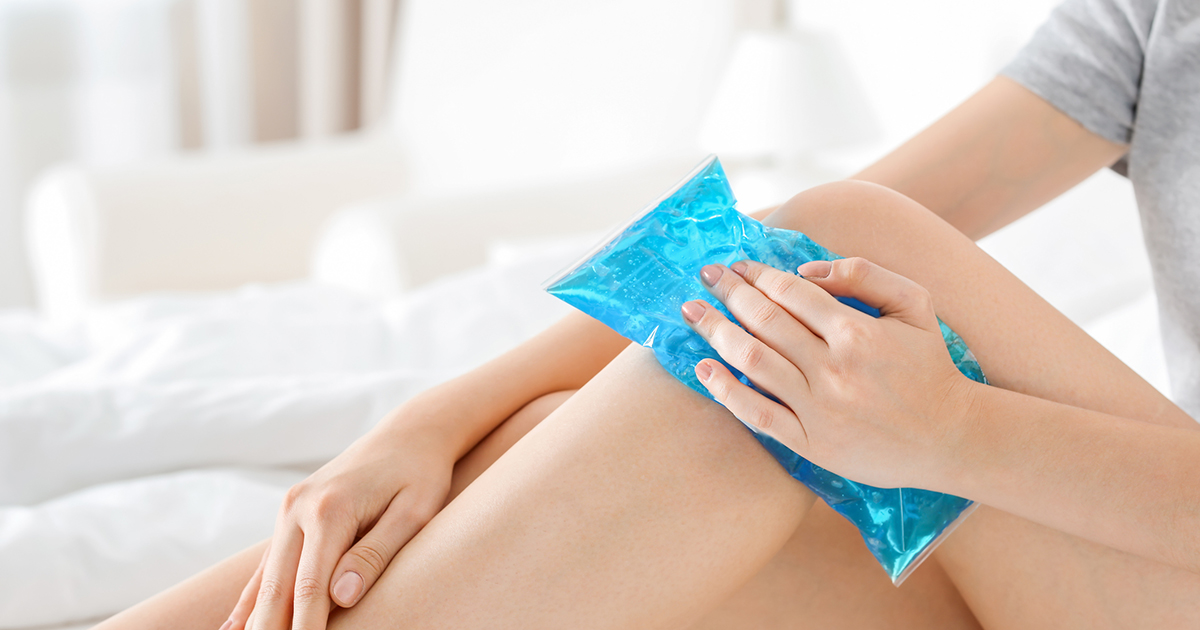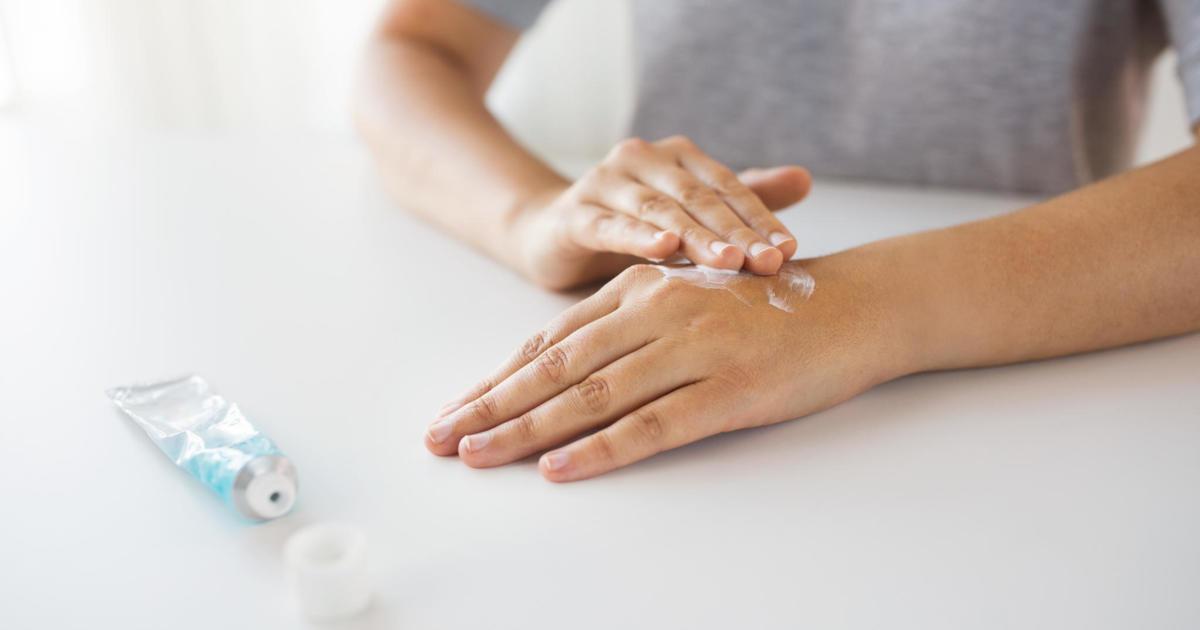Treatment For A Brown Recluse Bite
Although encountering a brown recluse is rare, like most spiders, if it feels threatened, this brownish-tan spider may just bite humans. Found mainly in the midwest and the south, brown recluse spiders are one of only two venomous spiders in the United States who have a dangerous bite. These spiders are distinguishable by their violin shaped feature on the front of their bodies. If they bite, their venom tends to leave a painful sore on the bitten area. However, depending on the individual, the symptoms can be mild to severe. These symptoms include a pinching or stinging sensation at first, pain, soreness, and redness at the sight of the bite, skin turning purple at the center of the bite, with a deep sore (ulcer) forming, chills, a fever, nausea, joint pain, weakness, and sometimes seizures or coma. Learn how to treat a brown recluse bite now.
Keep Affected Limb Raised

Immediately after being bitten by a brown recluse or any other spider, patients should try to elevate the bitten area of the body. This serves to reduce inflammation and swelling, as well as to slow the spread of the venom. Individuals should continue to keep the limb raised whenever they are resting as much as possible for at least a week after the bite. However, it is best to make a habit out of it until the wound begins to clear up. Using pillows to help prop up the limb is tremendously beneficial.
There are more strategies to treating a brown recluse bite effectively. Get to know some of these tips now.
Clean Bite With Soap And Water

Whenever bitten by a spider, especially a potentially harmful one like the brown recluse, the next thing individuals need to do is disinfect the bite. They can do this by cleaning it out with mild soap and water. First use cool water to gently scrub the bite out and rinse it out again with cool water, patting dry with a clean, soft cloth. This is a preventative measure to keep the venom from spreading even more into the bloodstream as well as keeping extra germs out to avoid an infection in the wound. While doing so, an additional safety measure individuals could take is to run the cold water over the bite for a few minutes before drying. Individuals should spend more than a few minutes washing it out with soap and water to make sure they are cleaning the bite effectively.
Keep reading for more information on treating a brown recluse bite now.
Apply Ice To The Bite

After cleaning out the bite with mild soap and water for several minutes, patients need to place an ice pack onto the bite with a cloth covering between the ice pack and the skin. They could also use a few ice cubes wrapped in a clean kitchen towel. Do not ever put ice directly onto a wound, as it could cause frostbite.
The cold temperature will numb the nerve endings, soothing the itching, reducing inflammation and swelling. The overall pain of the bite will also temporarily subside. The best way to do this is by applying the ice for ten minutes at a time for the first twenty-four hours after being bitten. Directly after applying ice to the bite, the swelling should go down for about twenty to thirty minutes.
Learn more about how to treat a brown recluse bite now.
Apply Antibiotic Cream Or Ointment

Applying some antibiotic cream or ointment such as calamine lotion, hydrocortisone cream, or topical benzocaine can be beneficial in relieving itching and swelling. It will also get rid of any germs that happen to make their way into the bite, meaning it will prevent or heal an infection. Spider bites, in particular, tend to take a while to heal, and they can do quite of bit of damage to the skin. The application of a quality antibiotic cream or ointment can help speed up the healing process. Doctors can better instruct patients on what type of antibiotic is right for their brown recluse bite. Remember to always apply antibiotic cream or ointment liberally and gently.
Continue to discover another method of treating a brown recluse bite.
Anti-Inflammatory Medication

Taking an anti-inflammatory medication is useful for not only reducing inflammation but also for decreasing minor pain levels. The typical over the counter medications taken for spider bites include acetaminophen, ibuprofen, and acetylsalicylic acid. Antihistamines containing diphenhydramine or chlorpheniramine are also helpful for preventing an allergic reaction to the bite if the individual happens to be allergic to brown recluse spiders or just to relieve strong itching sensations and swelling. Sometimes, if the wound fails to improve, patients may consider taking antivenom to fight off the poison from the spider.